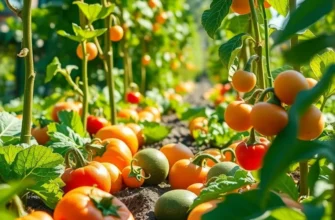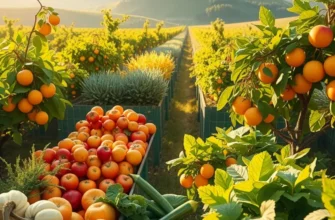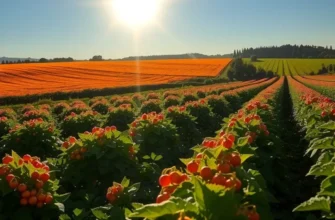Food is more than sustenance; it is an expression of culture, history, and artistry. From the vibrant markets of Marrakech to the meticulous sushi bars of Tokyo, culinary traditions around the globe weave stories that reflect local histories, climates, and communal ties. Delving into the artistic aspects of food reveals how ingredients, presentation, and cooking methods can transform simple meals into visual masterpieces, inviting us to taste while also appreciating the creativity involved in every dish.
The Palette of Ingredients: Nature’s Colorful Symphony
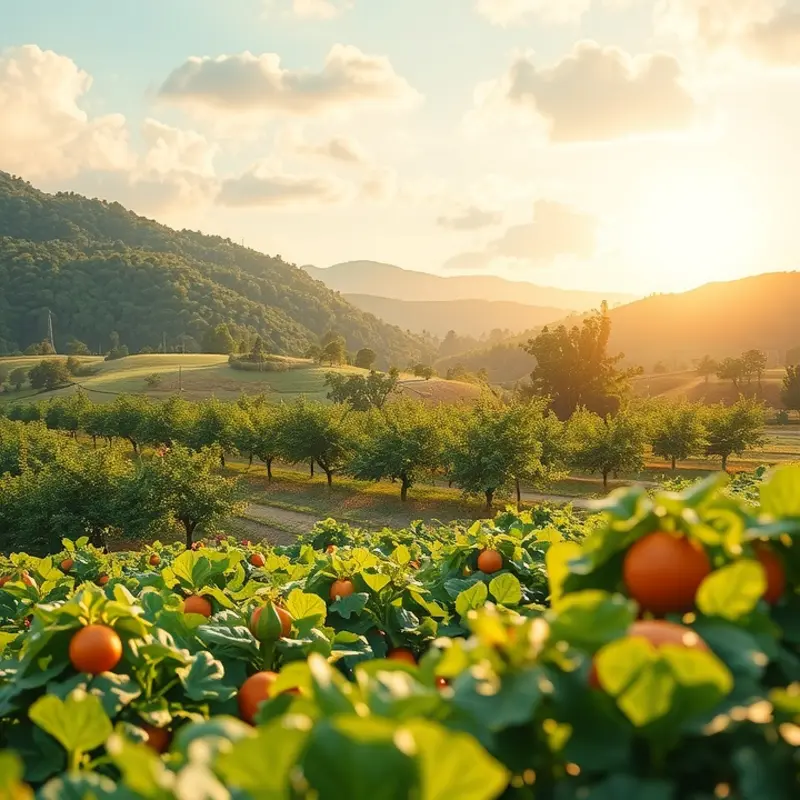
The art of culinary craftsmanship begins with the choice of ingredients. Each culture unveils its unique identity through the palette of colors and textures that nature provides. Local produce, often dictated by the geography and climate of a region, defines the regional flavor profiles and culinary traditions.
Consider the vibrant markets of Southeast Asia. Here, stalls brim with an array of colorful fruits—durian, mangosteen, and rambutan—each embodying a distinct taste and hue. Fresh herbs like lemongrass and Thai basil infuse dishes with aromatic complexity, creating a symphony of flavors that speaks to the rich, tropical environment.
In contrast, the Mediterranean coast celebrates ingredients native to sun-drenched landscapes. Olive oil, a staple, adds a rich texture and a golden sheen. Penetrating the fragrance of rosemary and the sweet bite of sun-ripened tomatoes, these elements combine to articulate the warmth and simplicity of coastal life.
Spices are storytellers in many cultures. In India, the use of turmeric, cumin, and cardamom defines a gastronomic narrative that goes beyond mere taste; they paint a vibrant culinary picture. These spices, each with a specific role, turn every dish into a masterpiece, indicative of centuries of tradition and a blend of influences.
Food presentation is an art form that demands a balance of color and texture. Chefs worldwide understand how to utilize these elements to enhance the visual and sensory experience of dining. The layering of ingredients based on seasonal availability not only supports sustainability but also ensures the freshest flavors. Choosing seasonally available produce aligns the chef with nature’s rhythms, preserving the environment and its biodiversity.
The modern culinary artist is also an advocate for sustainable practices in the kitchen. Recognizing the power of mindful ingredient selection, chefs are turning to produce that nurtures the body and respects the Earth. Interested readers can explore practical ways to incorporate eco-friendly storage solutions and reduce kitchen waste here.
Texture, alongside color, further enhances the appeal of a dish. The crunch of a fresh vegetable, the creaminess of a ripe avocado, or the flakiness of a perfectly baked pastry reveal the layers of craftsmanship involved. Creating gastronomic masterpieces involves knowing how to balance these textures within a dish, allowing the eater to experience a melody of sensations.
Culinary artistry thrives on the foundation of becoming one with nature’s offerings. Each dish tells a story through its ingredients, whispering tales of the land and its people. Through the thoughtful selection of produce and spices, culinary traditions continue to reflect the diversity and vibrancy of our world.
The Art of Presentation: Dishes that Dazzle the Eye
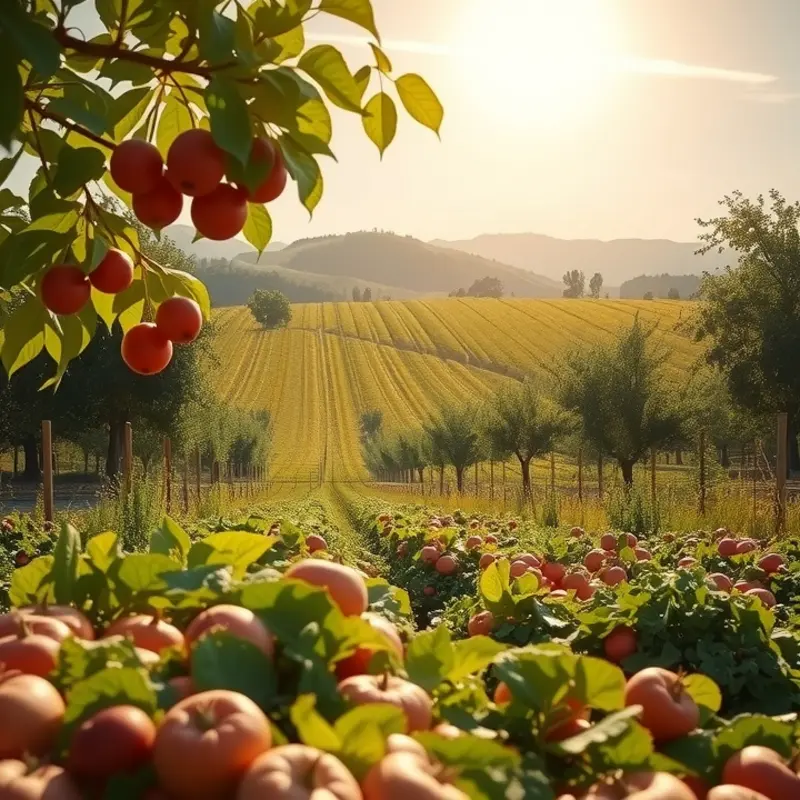
The artistry of food presentation transforms a meal into a multisensory experience. At the heart of this transformation lies the careful arrangement of shapes, colors, and garnishes. Each element serves a purpose, creating harmony on the plate that captivates the diner even before the first taste. Drawing inspiration from centuries-old practices across various cultures, chefs today continue to innovate with their visually appealing culinary masterpieces.
Consider the vibrant and complex designs of Moroccan tagines, where traditional earthenware serves as both cooking vessel and canvas. Intricate patterns of vegetables, fruits, and meats are arranged meticulously to reflect the geometric aesthetics prevalent in Moroccan art. The lid of the tagine, designed to retain moisture and enhance flavor, also conceals a visual surprise for the diner, heightening anticipation.
In contrast, French cuisine emphasizes precision and refinement, with minimal yet striking presentation. Chefs employ techniques such as the ‘Quadrillage’—a grid-like pattern of sauce drizzles—to frame the main ingredients. The French use of delicate herbs and edible flowers exemplifies their pursuit of elegance, turning each plate into a painter’s palette. This restrained use of color and garnish ensures that each dish remains uncluttered, drawing attention to both texture and form.
Across the globe, Japanese culinary traditions bring the concept of “wabi-sabi” into food presentation, where simplicity and imperfection are celebrated. Sushi, often served on natural wooden boards, highlights natural colors and textures. The placement of each piece tells a story, guiding the eater through a progression of flavors. Seasonal garnishes, like shiso leaves or edible blossoms, add a touch of beauty while respecting nature.
A crucial aspect of food presentation lies in its ability to affect our perception of taste. The human brain responds positively to well-arranged food, enhancing the dining experience. Studies suggest that a visually appealing meal can seem more flavorful, resulting from a phenomenon where anticipation heightens sensory perception. Understanding this psychological interplay provides chefs with tools to craft meals that delight, not only the palate but also the spirit.
For those wishing to appreciate the artistry of food beyond their own table, exploring culinary traditions through global culinary influences offers a new perspective. It’s fascinating how trade and cultural exchanges have shaped regional dishes, marrying aesthetics and technique in ways that reflect history and innovation. These culinary influences on trade illustrate how traditional practices evolve, enhancing both taste and presentation.
Ultimately, food presentation is an art form that deserves to be savored with both the eyes and the stomach. As diners, opening ourselves to this visual feast allows for deeper enjoyment and appreciation of the chefs’ creative expressions. Whether it’s the symmetric precision of a French hors d’oeuvre or the vibrant cascade of a Moroccan couscous, each dish tells a story of tradition, technique, and the transformative power of aesthetics.
Final words
Ultimately, food transcends its basic role as a source of nourishment; it embodies creativity, culture, and artistry. As we explore the culinary traditions from diverse cultures, we uncover the profound connection between what we eat and the artistry involved in crafting each dish. By understanding food as an art form, we gain a deeper appreciation for the chefs and home cooks alike who pour passion and creativity into their meals. The next time you admire a beautifully plated dish, remember that within each bite lies the story of its cultural heritage, making every meal a unique masterpiece.



